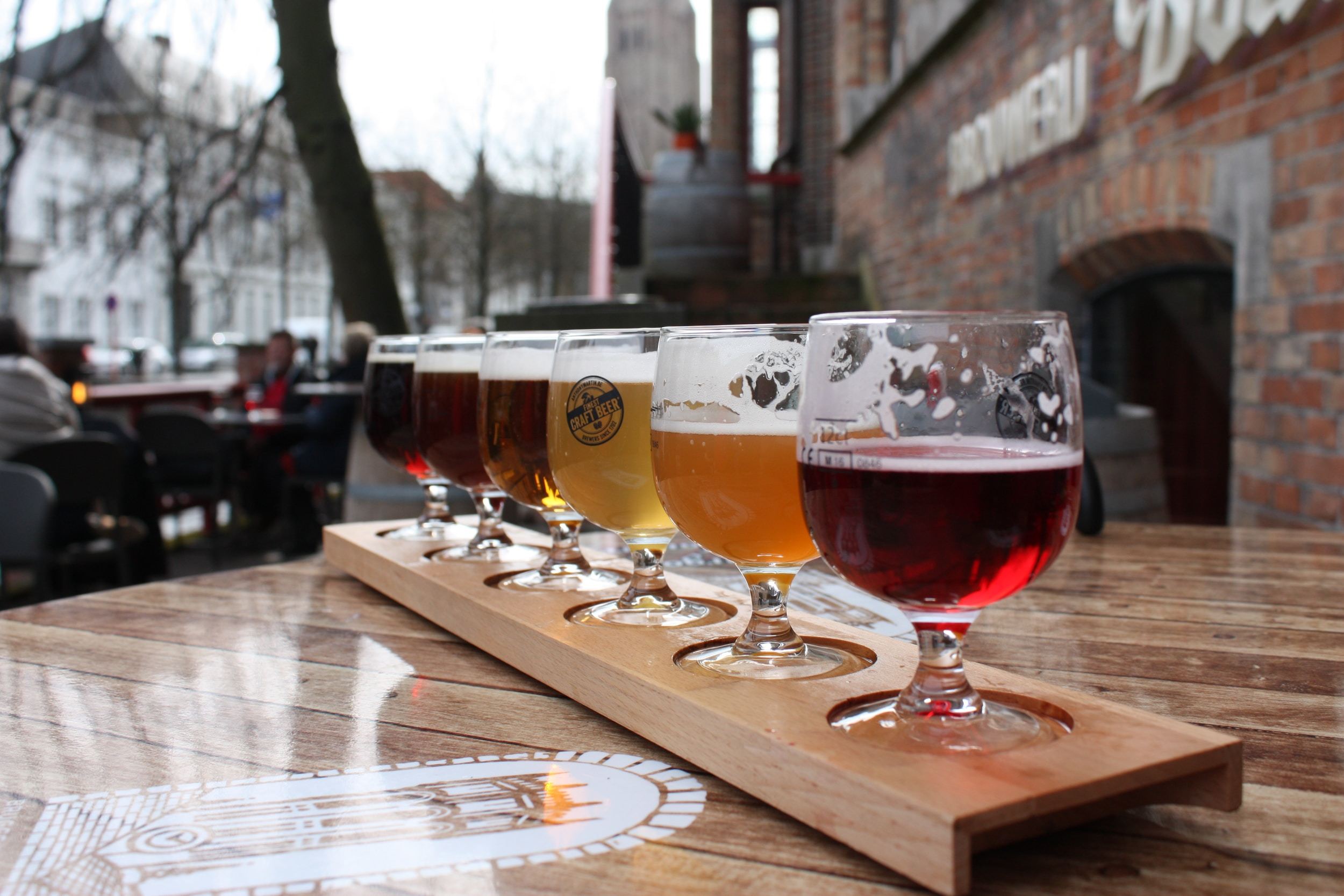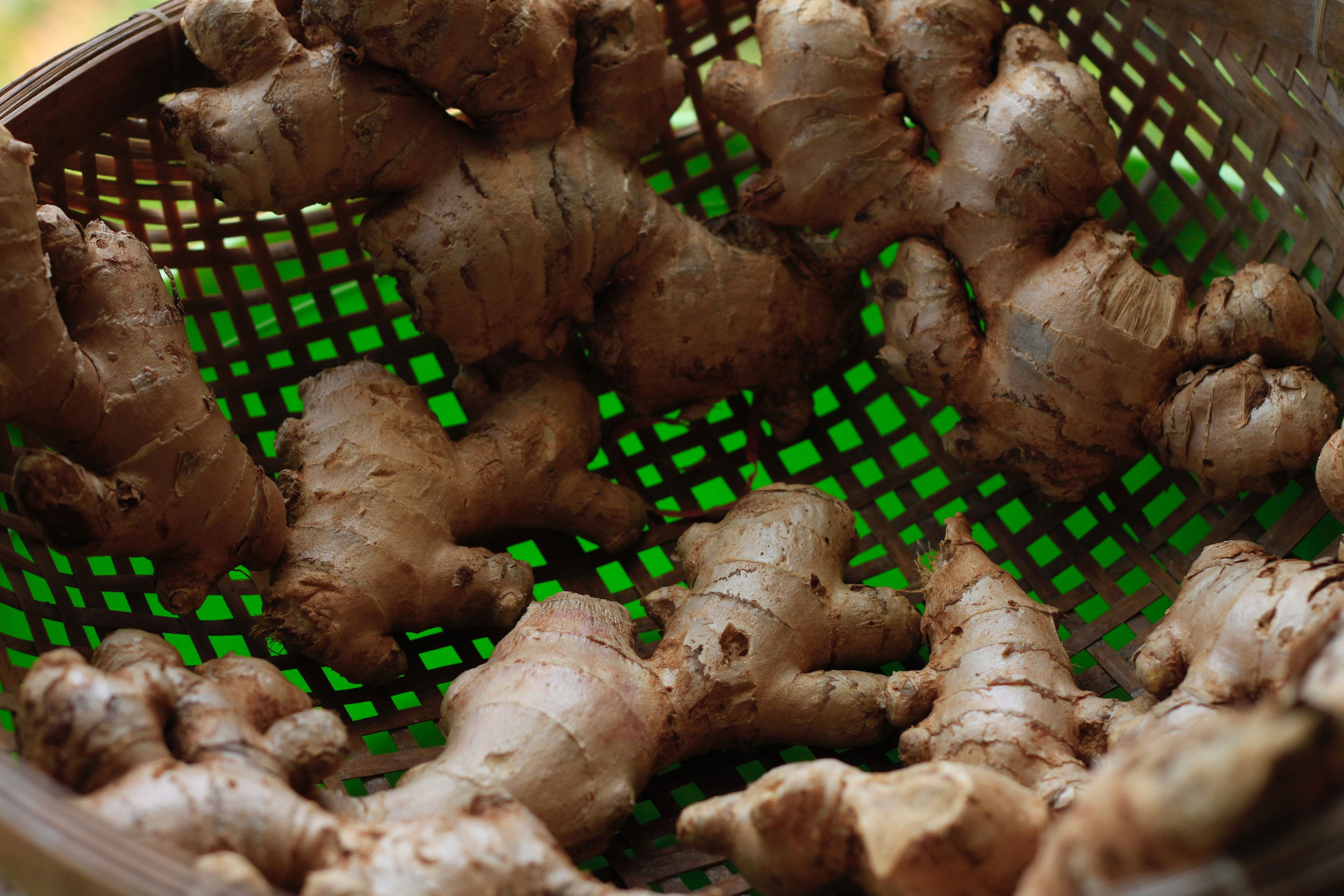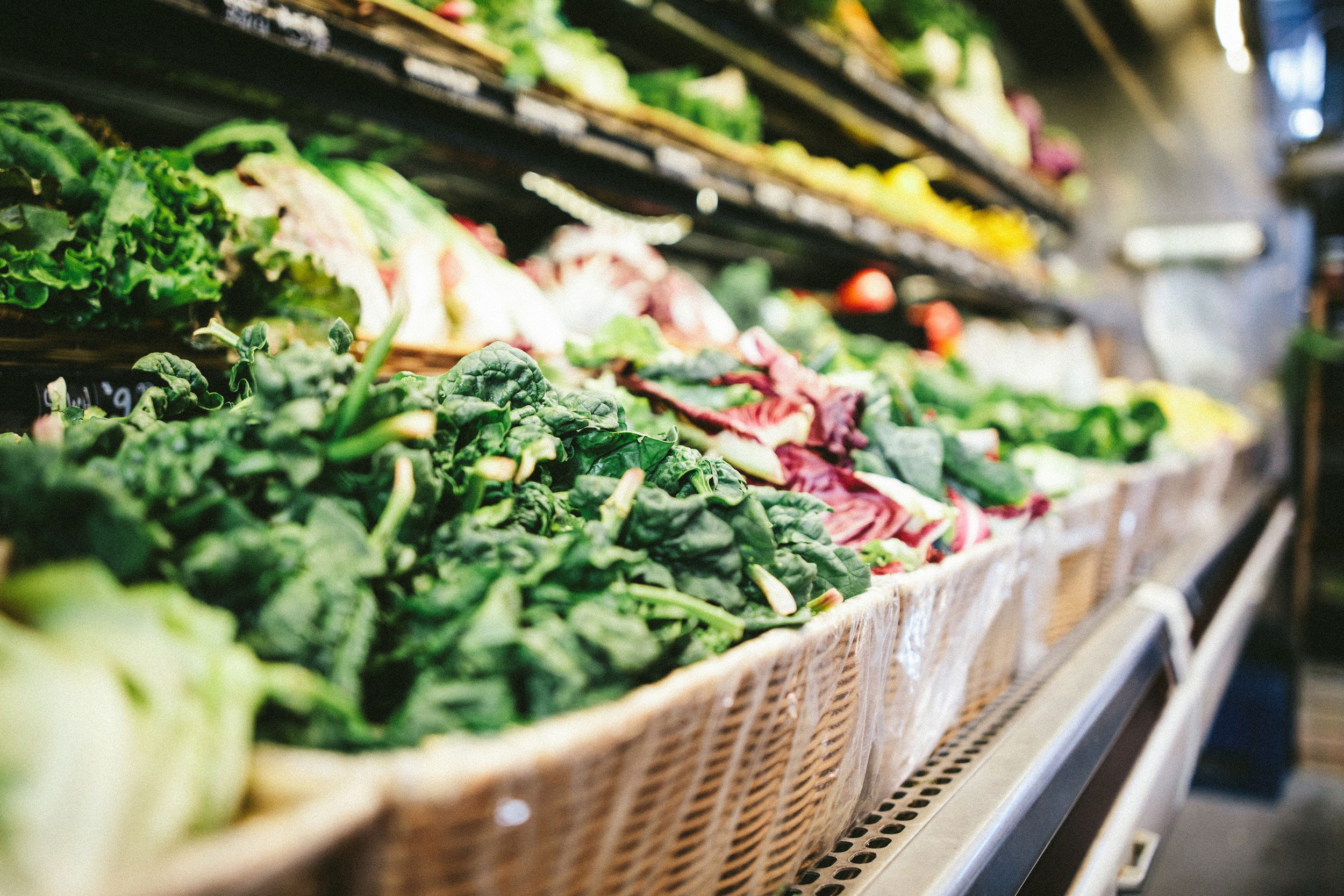The demand for fresh ginger in the Belgian market has been steadily growing in recent years
Overview of the Belgian ginger market
The demand for fresh ginger in the Belgian market has been steadily growing in recent years, driven by its numerous health benefits, culinary versatility, and increasing consumer awareness. This article provides an in-depth overview of the Belgian ginger market, exploring the cultivation and harvesting practices, import dynamics, market trends, and consumer preferences.
Additionally, it examines the challenges and opportunities faced by ginger producers and offers insights into effective marketing and distribution strategies. By understanding the dynamics of the Belgian ginger market, stakeholders can make informed decisions to capitalize on the potential growth and tap into the evolving preferences of consumers.

Fresh Ginger in the Belgian Market
1. Overview of the Belgian Ginger Market
1.1 Introduction to the Belgian Ginger Market
Belgium, the land of waffles and chocolate, might not be the first place that comes to mind when you think of ginger. However, the Belgian ginger market is thriving, with a growing demand for this aromatic and versatile spice.
1.2 Historical Consumption Patterns
Traditionally, ginger has not been a staple in Belgian cuisine. It was mainly used in small quantities as a flavor enhancer or for medicinal purposes. However, as international cuisines gained popularity in the country, so did the use of ginger in cooking.
1.3 Current Market Size and Growth Trends
In recent years, the market for fresh ginger in Belgium has been on the rise. As people become more health-conscious and embrace diverse culinary experiences, the demand for ginger has increased. The market size is experiencing steady growth, presenting exciting opportunities for both local and international suppliers.

2. The Benefits and Uses of Fresh Ginger
2.1 Health Benefits of Consuming Fresh Ginger
Ginger is not only delicious but also packed with health benefits. It is known to help with digestion, reduce inflammation, and boost the immune system. Additionally, ginger is a natural remedy for nausea, making it a go-to for those pesky morning sickness episodes.
2.2 Culinary Uses and Popularity
Fresh ginger adds a unique and zesty flavor to various dishes, making it a staple ingredient in many cuisines globally. It can be used in stir-fries, soups, marinades, and even baked goods like gingerbread cookies. Its versatility and distinct taste have made it increasingly popular among adventurous home cooks and professional chefs alike.
2.3 Application in Traditional and Alternative Medicine
Ginger has been used for centuries in traditional and alternative medicine. It is believed to alleviate various ailments, including sore throats, muscle pain, and menstrual discomfort. While the scientific evidence behind these claims is still evolving, ginger continues to be a popular choice for those seeking natural remedies.

3. Cultivation and Harvesting of Ginger in Belgium
3.1 Climate and Soil Suitability for Ginger Cultivation
Belgium's temperate climate is not typically associated with tropical crops like ginger. However, with the right techniques and conditions, ginger cultivation is possible. It requires well-draining soil and a sheltered environment to thrive.
3.2 Varieties of Ginger Grown in Belgium
In Belgium, the most commonly grown ginger varieties include Yellow Ginger, Baby Ginger, and Pink Ginger. Each variety has its own unique flavor profile and appearance, offering consumers a diverse range of options.
3.3 Cultivation Techniques and Best Practices
Cultivating ginger in Belgium often involves using greenhouses or tunnel systems to create the optimal growing conditions. This enables farmers to control factors like temperature, humidity, and sunlight exposure. Additionally, organic cultivation methods are gaining popularity, catering to the increasing demand for organic produce.
3.4 Harvesting and Post-Harvest Handling
When it comes to harvesting ginger, timing is crucial. Typically, ginger is harvested when the leaves start to turn yellow and die back. After harvesting, it undergoes a process of cleaning, drying, and grading to ensure its quality and freshness are preserved.

4. Importing Fresh Ginger to Meet Market Demand
4.1 Import Sources and Trade Dynamics
While local production is on the rise, Belgium still relies on importing fresh ginger to meet the growing market demand. The primary import sources include countries like China, India, and Thailand, known for their extensive ginger cultivation.
4.2 Quality Standards and Regulations
To guarantee the quality and safety of imported ginger, Belgium adheres to strict quality standards and regulations. These ensure that consumers receive ginger that meets specific criteria, such as being free from pesticides and contaminants.
4.3 Supply Chain and Logistics Considerations
As ginger is a perishable product, efficient supply chain management and logistics are vital to maintain its freshness. This involves proper packaging, transportation, and storage to minimize spoilage and maintain the best possible quality from farm to market.
The Belgian ginger market is an exciting space, where the love for ginger is growing alongside the demand for its unique flavor and health benefits. As ginger continues to make its mark on Belgian cuisine, both local cultivation and importation will contribute to satisfying the ginger cravings of Belgians far and wide. So, get your ginger fix and spice up your life!5. Market trends and consumer preferences for fresh ginger

5.1 Growing demand for organic and locally sourced ginger
In recent years, there has been a significant shift in consumer preferences towards organic and locally sourced products, and fresh ginger is no exception. Consumers are becoming more conscious of the potential health benefits of organic produce and are actively seeking out ginger that is grown without the use of pesticides or chemicals. This trend presents a great opportunity for farmers and suppliers to tap into the growing demand for organic ginger in the Belgian market.
5.2 Increasing popularity of ginger-based products
Ginger has gained popularity not only as a standalone spice but also as a key ingredient in various food and beverage products. From ginger-infused teas and juices to ginger-flavored snacks and desserts, the versatility of ginger as a flavor and its potential health benefits have led to an increased demand for ginger-based products. Belgian consumers are embracing the unique taste and aroma that ginger brings to their favorite dishes and are actively seeking out products that incorporate this spicy ingredient.
5.3 Consumer preferences for ginger quality and freshness
When it comes to ginger, consumers in Belgium have high standards for quality and freshness. They are looking for ginger roots that are firm, free from blemishes, and have a strong aroma. Additionally, consumers prefer ginger that is not overly mature and still retains its natural spiciness. Meeting these expectations by providing high-quality and fresh ginger can significantly impact consumer satisfaction and loyalty.

6. Challenges and opportunities in the Belgian ginger market
6.1 Competition from other spices and flavors
While ginger enjoys a growing popularity in Belgian cuisine, it faces competition from other spices and flavors that are also widely used. Spices like turmeric and cinnamon, as well as flavors like garlic and chili, have their own dedicated consumer base. To stand out in the market, it is important for ginger suppliers to highlight its unique flavor profile and health benefits, showcasing the versatility of ginger in various culinary applications.
6.2 Seasonal availability and price fluctuations
Ginger is not a year-round crop, and its availability in the Belgian market is subject to seasonal fluctuations. This can lead to price variations, making it challenging for both suppliers and consumers to plan and budget accordingly. However, these seasonal fluctuations also present opportunities for marketing campaigns and promotions that can create excitement and anticipation among consumers when ginger is in season.
6.3 Potential for value-added products and innovation
While fresh ginger is popular in its raw form, there is significant potential for value-added products and innovation in the Belgian ginger market. From ginger-infused oils and dressings to ginger-based condiments and sauces, creative product development can help suppliers differentiate themselves and cater to different consumer preferences. Additionally, exploring innovative packaging solutions that extend the shelf life of ginger and make it more convenient for consumers can also drive growth in the market.

7. Marketing and distribution strategies for fresh ginger
7.1 Targeting key consumer segments
Understanding the target audience is crucial in marketing fresh ginger effectively. Ginger appeals to health-conscious individuals, foodies, and those seeking unique flavors. By segmenting the market and tailoring marketing efforts to these specific groups, suppliers can effectively communicate the benefits of ginger and create a strong connection with their target consumers.
7.2 Branding and product positioning
Creating a strong brand identity and positioning fresh ginger as a premium and healthy option can help attract consumers in a competitive market. Clever branding and packaging designs that highlight the freshness and quality of the ginger can catch the attention of shoppers and make the product stand out on store shelves. Emphasizing the versatility of ginger in cooking and promoting its potential health benefits can further strengthen the brand positioning.
7.3 Effective marketing channels and promotions
To reach a wide range of consumers, utilizing a mix of marketing channels is essential. Online platforms, social media, and food-focused websites and blogs can be effective in reaching tech-savvy and food enthusiast consumers. Traditional marketing channels such as in-store promotions, food exhibitions, and collaborations with restaurants and cafes can also help generate awareness and drive sales. Offering attractive promotions and discounts, particularly during peak seasons or alongside other related products, can also entice consumers to try fresh ginger.

8. Future prospects and potential growth in the Belgian ginger market
8.1 Emerging market trends and opportunities
The Belgian ginger market is poised for growth as consumer awareness of ginger's health benefits and its culinary versatility continues to increase. As the demand for organic and locally sourced products grows, suppliers can capitalize on this trend by expanding their organic ginger offerings. The rising popularity of ginger-based products also presents opportunities for innovation and diversification within the market.
8.2 Export opportunities
Belgium's strategic location and excellent transportation infrastructure provide suppliers with potential export opportunities to neighboring countries. By tapping into international markets, suppliers can further expand their customer base and increase their market share. Understanding the specific requirements and preferences of these export markets will be essential for success.
In conclusion, the Belgian ginger market offers exciting prospects for both suppliers and consumers. By catering to growing consumer preferences for organic and locally sourced products, tapping into the popularity of ginger-based products, and meeting consumer expectations for quality and freshness, suppliers can thrive in this competitive market. Challenges such as competition from other spices, seasonal availability, and price fluctuations can be addressed through innovative marketing and distribution strategies. With continued innovation, value-added products, and an understanding of emerging trends, the Belgian ginger market holds great potential for growth and profitability.
In conclusion, the Belgian ginger market presents a promising landscape for growers, importers, and businesses involved in the ginger trade. With increasing consumer demand for fresh and locally sourced produce, there is a significant opportunity for expansion and innovation in the ginger industry. By staying attuned to market trends, adopting sustainable cultivation practices, and implementing effective marketing strategies, stakeholders can navigate the challenges and capitalize on the growing popularity of ginger in Belgium. As the market continues to evolve, those who are proactive and adaptable are well-positioned to thrive in this dynamic industry.

FAQ
1. Is ginger production possible in Belgium's climate?
Yes, ginger can be successfully grown in Belgium's climate with the right cultivation techniques and suitable varieties. The use of greenhouses or polytunnels can help create a controlled environment that supports ginger growth.
2. Are there any regulations on importing ginger into Belgium?
Yes, there are regulations on importing ginger into Belgium. It is important to comply with quality standards and adhere to phytosanitary measures to ensure the safety and quality of imported ginger. Familiarize yourself with the specific requirements and regulations set by the Belgian authorities.
3. How can I tap into the growing demand for organic ginger in the Belgian market?
To meet the increasing consumer demand for organic ginger, consider adopting organic cultivation practices and obtaining relevant certifications. Highlight the organic nature of your ginger and target consumers who prioritize organic and locally sourced products. Collaborating with organic food stores and participating in farmers' markets can also help reach your target audience.
4. What are some popular ginger-based products in the Belgian market?
Ginger-based products have gained popularity among Belgian consumers. Some popular ginger products include ginger tea, ginger-infused beverages, ginger-flavored sweets or candies, ginger-based sauces or dressings, and ginger-infused health supplements. Exploring product diversification and innovation can help tap into the growing demand for ginger-based products.
